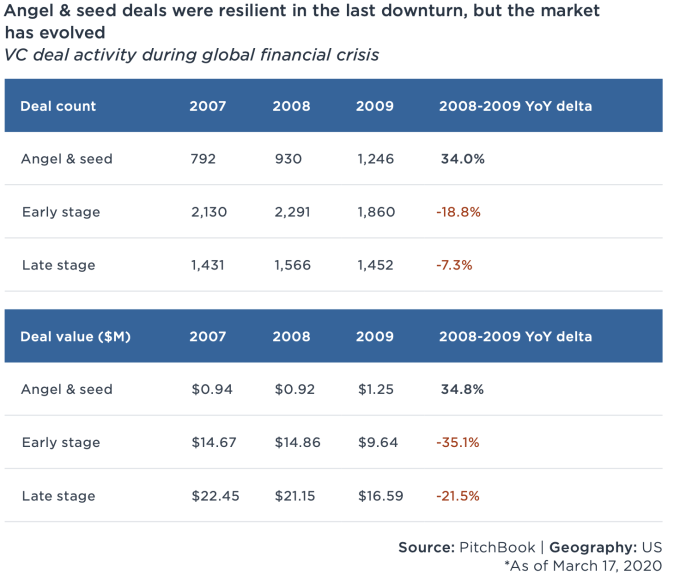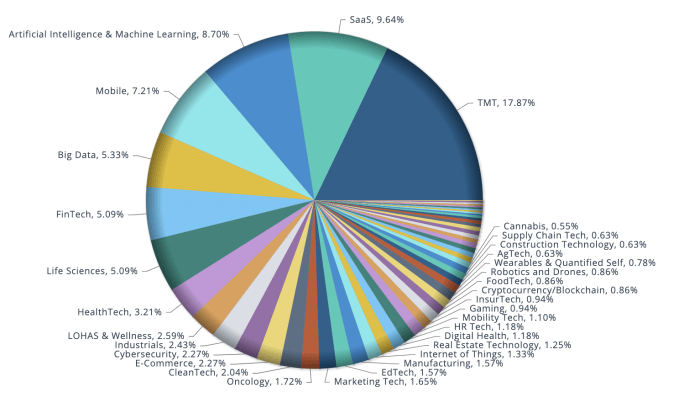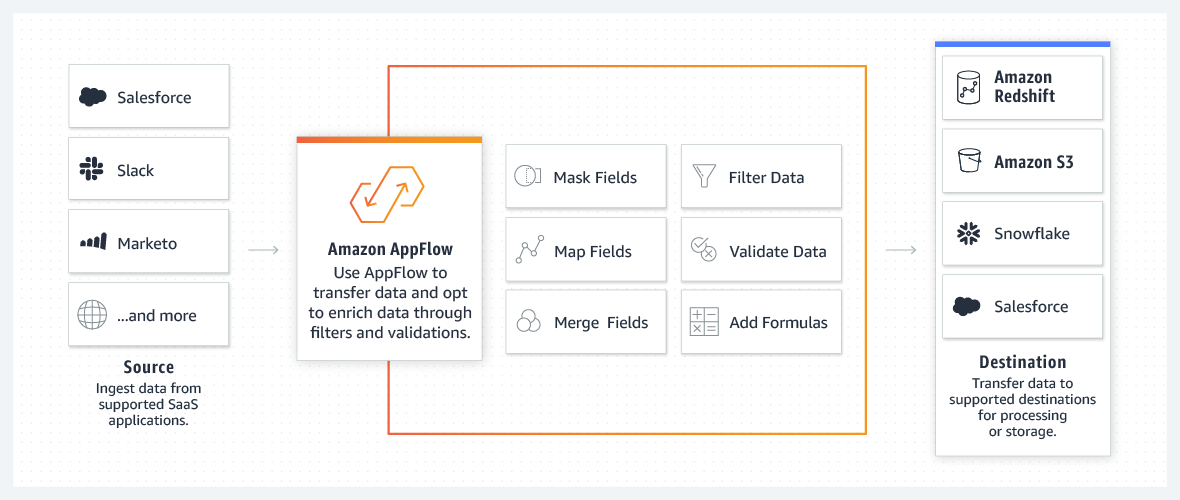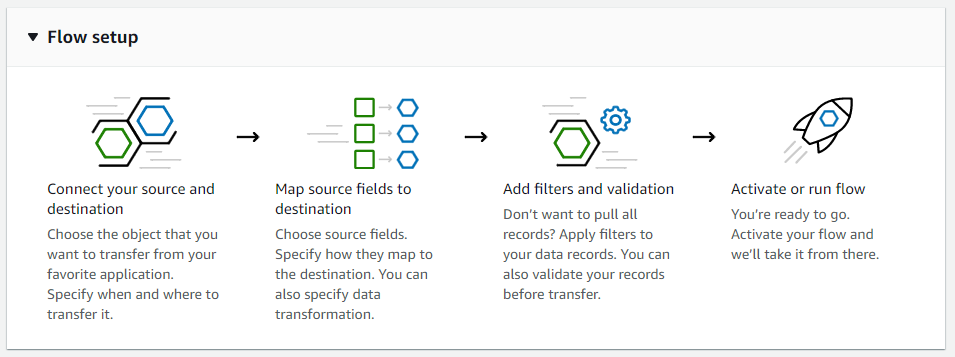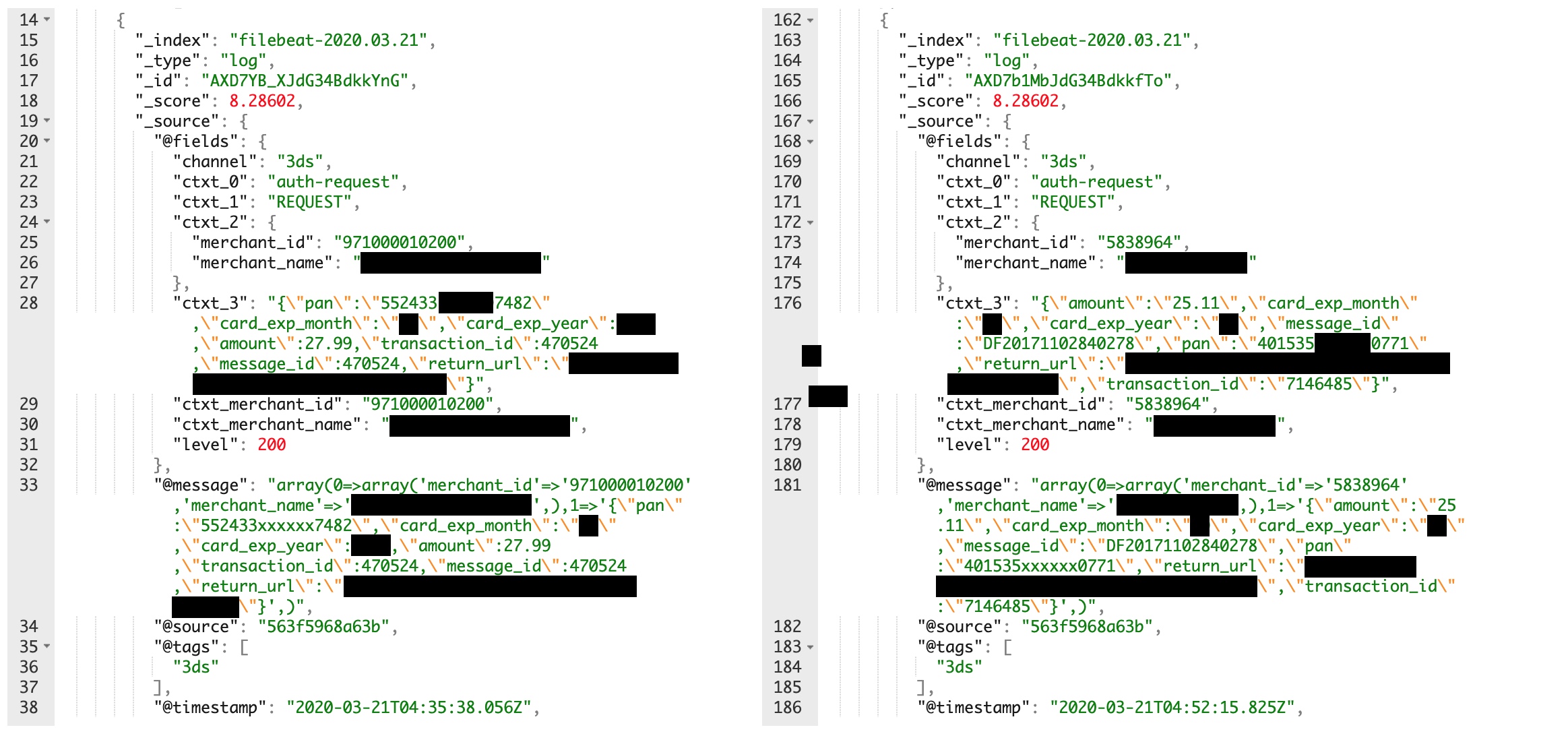Ford today took the wraps off an electric Mustang prototype. Called Mustang Cobra Jet 1,400, it carries Ford’s long tradition of drag racing the Mustang. But for the first time, a quiet electric power plant is spinning the slicks instead of a roaring V8.
This one-off prototype is said to hit mid-eight second quarter-mile times thanks to 1,400 HP and 1,100 ft.-lbs of torque. That’s on par with numbers put up by Ford’s 2018 Cobra Jet equipped with a supercharged 5.2L engine.

Ford has yet to reveal any technical information about the electric Cobra Jet’s motors, batteries, tires, or range.
Such prototypes are critical to Ford’s electric strategy that includes producing an electric SUV under the Mustang brand. Many have criticized Ford for expanding the Mustang family to include the Mach-E electric SUV as the Mustang has always been a two-door sports car. With this electric Mustang drag racer, Ford is seemingly telling the automotive world that it sees electric motors and batteries as a viable future for the Mustang brand.
This electric Cobra Jet could be a shot across the bow of Tesla and Porsche. The original 1968 Ford Mustang 428 Cobra Jet is widely considered the most powerful muscle car of the era, outclassing everything from General Motors and Chrysler. Right now, in 2020, Tesla and Porsche offer the most powerful and fastest electric cars outside of electric exotics, and this prototype is seemingly telling them to check their rearview mirrors because Detroit is serious about electric cars.
The original Cobra Jet debuted in 1968 and dominated drag strips across the United States. A person could walk into a Ford dealership and leave with a vehicle capable of besting most modified Cameros, GTOs, and Road Runners. Ford revived the Cobra Jet in 2008 and has since released limited-run versions every few years. Most are not road legal. These are cars designed to do one thing: go fast in a straight line. And now, with the 1,400 HP electric Mustang Cobra Jet, it’s designed to do two things: Go fast and show the world batteries can be fun, too.

